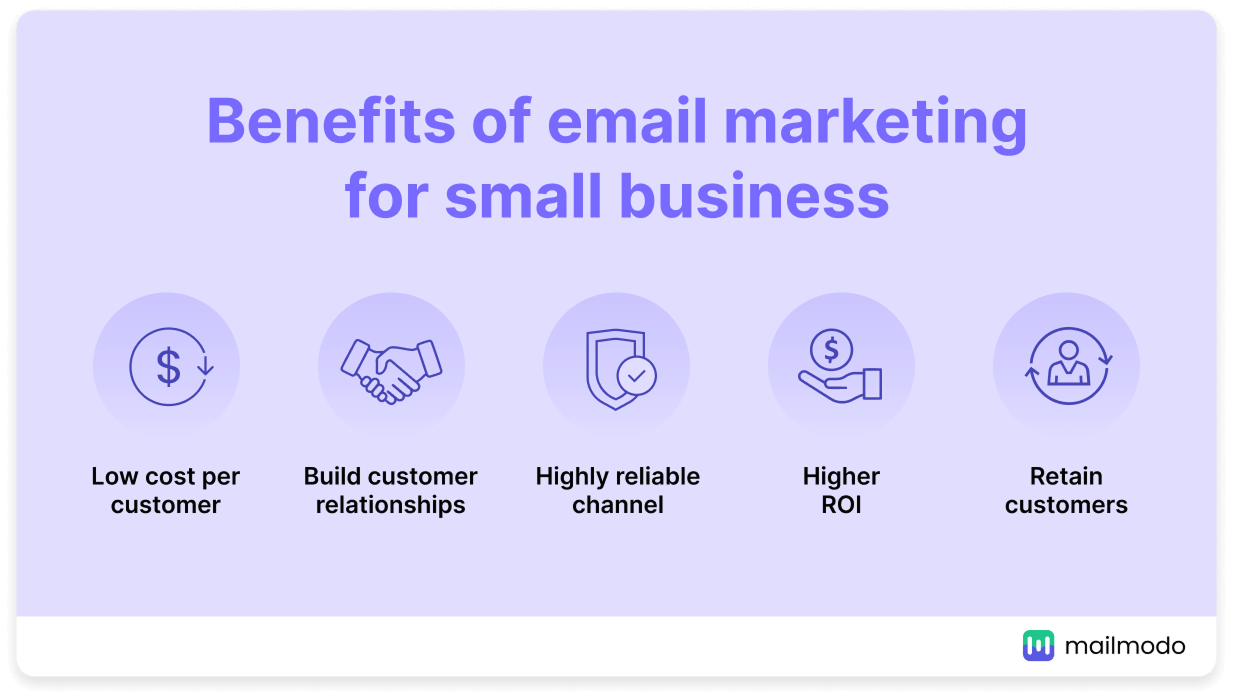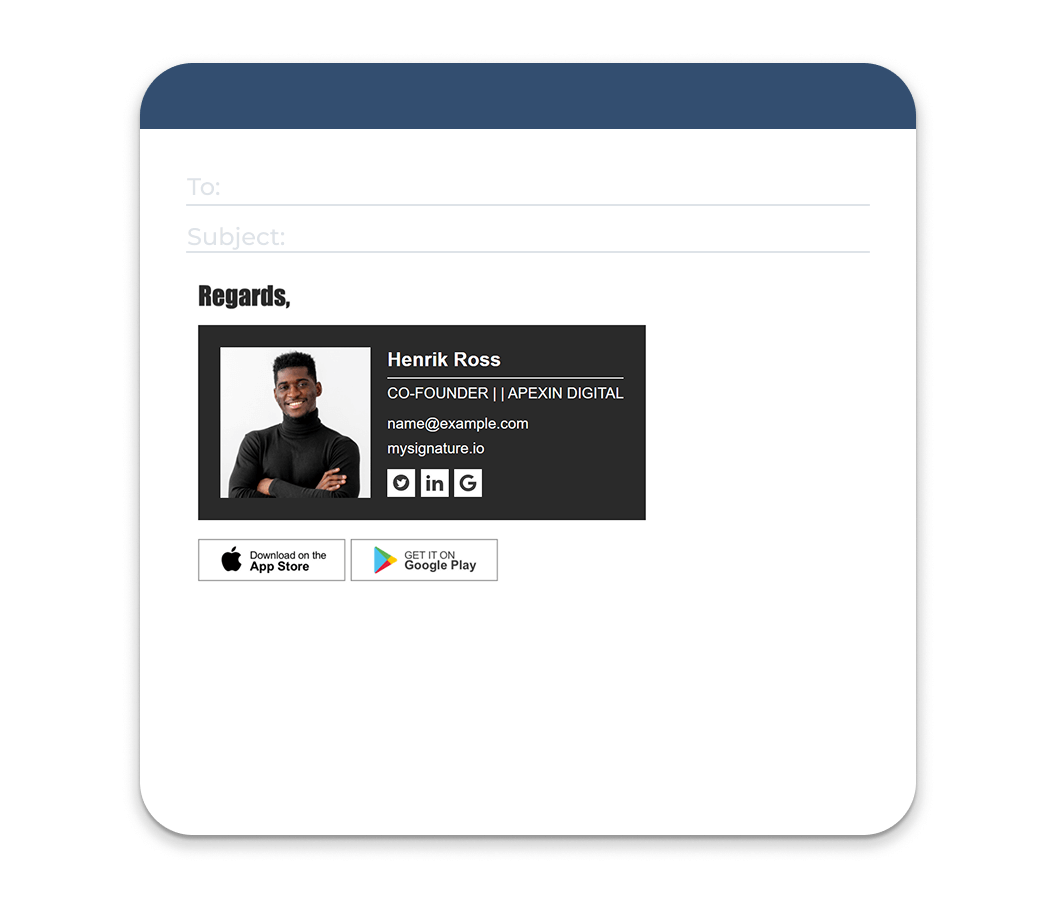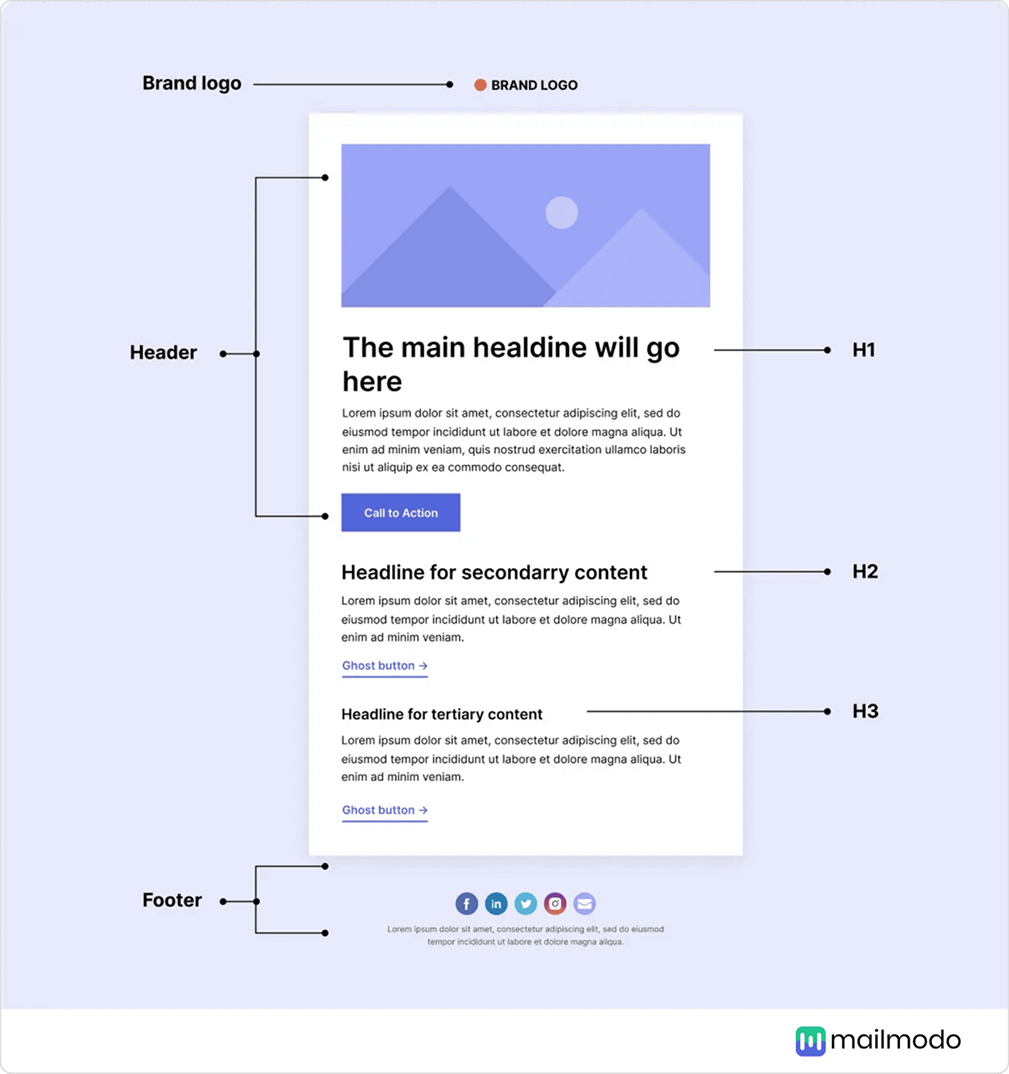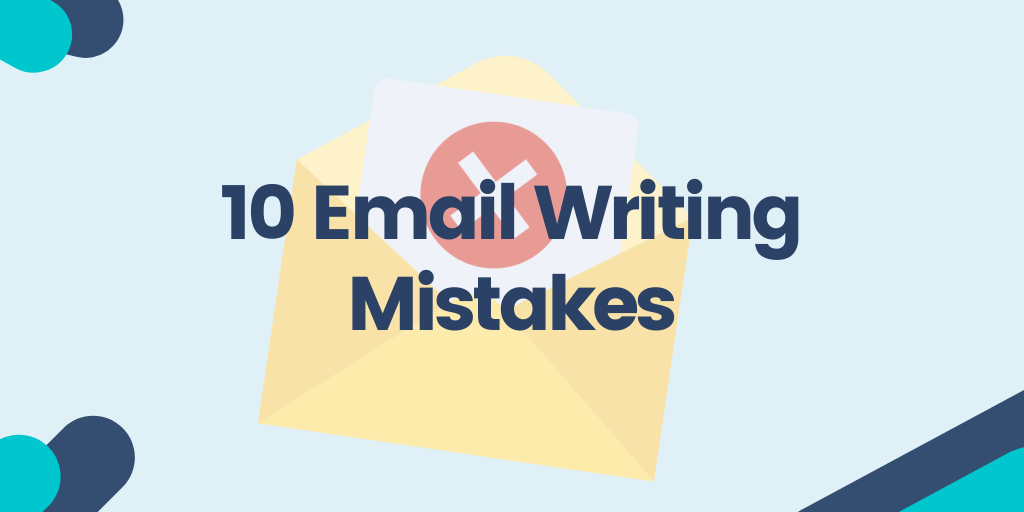With the rise of modern technologies, today, we can enjoy a large pool of assistants that can help our businesses improve, make conversations easier, and save us a lot of time. There is hardly a sphere that can’t benefit from modern tools, but the only issue we have to keep in mind is that we have to learn how to use them properly in order to get maximum effectiveness.
Emailing is one of the widely used tools in all spheres, and this has become a perfect way to communicate, whether you are talking to your foreign mate or you are a businessman who is promoting your services. With this type of communication becoming so popular, some helpful tools, like an AI proofreader or a free AI rewriter, have also gained a lot of popularity among users because these make their work more effective and easier.
In this article, we will take a closer look at emails and how they serve today. We will discuss the main goals of emails in the modern world, as well as understand the issues that may affect the expected results. So, if you want to master your skills in emailing and want to know how to make your emails rock, welcome to this article, and we will try to provide you with all the answers that can help you achieve your goals.
Contents:
- What Is the Role of Email in Business Communication?
- 10 Mistakes to Avoid in Emails to Sound Professional
- Spam Issue: Problems That May Get You Banned
What Is the Role of Email in Business Communication?
Whether you’re a freelancer seeking a client, a software startup, or a media creator, you are more likely to use email as an opportunity to reach your audience. When you hit the right goals, you sound professional, but if you miss them, your message may drift into “noise” or harm your image.

Today, emails help us meet different goals, and actually, this is one of the most convenient ways to communicate with our audience effectively. Whatever the goal you want to meet, it is important to know how to do this in the best way so that both your audience and you can benefit from the communication.
- Build relationships. Want to stay connected with your audience or your partners? According to an independent interview, 71% of responders noted that personalized content and updates increase their interactions and trust.
- Inform and update. Emails can be an instrument for businesses to share news. So, clear communication can keep everyone aligned and reduce confusion, which is a major productivity driver for small teams, according to the Microsoft Work Trend Index study.
- Persuade. Emails aim to influence decisions. Today, email marketing offers one of the highest ROIs, which is about $36 for every $1 spent.
- Request actions. Emails make coordination easier. Be it a small team or freelance work, with the help of email, you can streamline workflows and prevent miscommunication.
- Customer support. Customer support also usually happens through email because it creates a written record and allows thoughtful responses.
- Document decisions. Emails are a professional record; it is usually recorded and can be used in cases of different disputes.
- Demonstrate brand presence. Every email is a touchpoint that shows that you really care.
10 Mistakes to Avoid in Emails to Sound Professional
If email writing seems simple to you, if you believe that emails do not require any additional attention, sorry, but you are wrong. If you want to achieve a certain goal, much of your effort and language skills are required to motivate your readers to complete the expected actions as well as make yourself heard. So, what mistakes usually lead to failure?
#1: Missing subject line
The first thing that strikes the receiver is definitely the subject of your email; they will catch it even if they do not open the email. If it’s unclear, the receiver is more likely to ignore your email.

source: emaillabs
Today, people want to be able to scan their inbox quickly, and a weak subject can significantly reduce open rates, and as a result, this can affect your business, make you look unprofessional, and even influence your future newsletters.
💡 Use a concise, descriptive subject that highlights the purpose or action, e.g., “Proposal for Q3 Marketing Plan – Feedback Needed by May 2,” so the recipient immediately knows what to expect.
#2: Poor grammar
Mind that low-quality emails can distract rather than focus readers on the points you deliver. Thus, grammar mistakes can make your emails difficult to read; these can also be a signal of your carelessness. So, do your best to avoid confusion and highlight your professionalism instead. Unfortunately, even such a small mistake, like using inappropriate tenses, can reduce your credibility, so this is definitely the issue you have to keep in mind.
💡 Today, you can use tools like Grammarly to proofread your emails in a few clicks and make sure there are no grammar issues.

#3: The tone
The tone you use in emails is the best tool to show your respect. Even though many copywriting experts say that a friendly tone can help you build more pleasant relationships, overly casual emails can seem unprofessional. Of course, depending on your audience, it is important to balance because overly formal emails may, on the contrary, feel too distant, but we guess this is not what you expect from emailing.
💡 Make sure your tone perfectly matches your target audience; try to keep it friendly but professional, use greetings, but avoid slang, keep your communication warm, yet remain concise.
#4: Unfocused message
Long emails can overwhelm your readers and even blur the key message. This way, you risk making busy recipients skip your emails, and this can reduce the overall engagement. Instead, we highly recommend using clear, concise emails; these will make your communication professional and on-point.
💡 Present the main point first so that from the very beginning, your reader can catch the idea, then follow with key details, and finish your letter with a clear action. Also, mind that short paragraphs supported with bullet points can work better and improve readability.
#5: Ignoring the time and context
As we have already mentioned, time is what modern people value the most. Thus, if your emails do not consider timing and show a lack of thought, this can irritate your readers and, as a result, they may ignore your emails or filter them out. Finally, this can damage your professional image.
💡 Verify who truly needs your email, limit CC/BCC, and tailor the content for the recipient.
#6: Weak CTA
Does your email clearly state what you want your readers to do? If not, they may just take no action at all. Well, if your goal is to motivate your audience to complete a certain action, you have to deliver this idea clearly. Whether your target goal is to get customers’ feedback or schedule a meeting, communicate this idea in the body of your writing.
Including a clear call-to-action in your email signature can also reinforce your message and make it easy for recipients to take the next step.

💡 For example, you can make an actionable request, like “Please review and send feedback by Thursday.” This is quite a clear direction that can improve response rates as well as save both sides’ time.
#7: No personalization
Of course, with so many AI tools, many businesses can’t resist the temptation to use them for email generation. Still, it is important to remember that such tools often provide too generic ideas, and these usually feel mass-produced. If your reader doesn’t see why the message matters to them, they may ignore it, and this action can harm your brand image on both sides, your audience and Google. It means that Google can easily detect emails that recipients mark as unimportant, and this can influence your future letters.
💡 Add a personal touch, be it the recipient’s name, their previous question to you, or any other personal data; this can demonstrate that the email was crafted just for this person, which builds the feeling of uniqueness. In this case, this will be a sign of reader-orientation that can positively impact the reader’s attitude towards your company.
#8: Poor timing
Today, there are a lot of tools that can help you analyze your audience and get different statistics concerning its “active time.” This information can be very important to know when to send your letters for better communication. Emails sent at odd hours can annoy recipients and make your letters get lost. At the same time, irregular sending also makes you seem disorganized.
💡 Use various tools to consider the recipient’s schedule and detect your audience’s “reading hours.”
#9: Poor design
Bad layout, hard-to-read fonts, excessive colors, or poor in-text visuals can become the reason for failure. We highly recommend omitting customized fonts because if your readers do not have them installed, they may not be able to read the email. Even though most modern software automatically switches customized fonts to standard ones, you can never know if a certain user uses the software that will do this for you. Unfortunately, these are also the reasons why recipients may consider your brand unprofessional.
💡 Stick to standard fonts, minimal colors, and always make sure the email displays well on all possible devices your target audience uses.

#10: Failing to close the message
Emails without a clear next step can leave communication incomplete and lead to missed opportunities as well as weaken your reputation.
💡 End your email with something like, “I’ll check in by Friday if I haven’t heard from you.”
Spam Issue: Problems That May Get You Banned
If you have ever received emails, you definitely know that sometimes letters can go directly to the Spam folder, and many companies even highlight this information via their websites. But how not to get banned, though? And, what mistakes do senders commit so that their letters are flagged as spam? Let’s take a closer look at this issue and understand what you can do in order to avoid such an issue.
- Review your domain setup. Use a verified business email, like @yourdomain.com, and do not forget to configure SPF, DKIM, and DMARC because these technical settings will help Gmail confirm your authenticity.
- Poor reputation. Gmail can remember your past behavior as well as your recipients’ behavior; if people often delete your emails or mark them as spam, the system may mark your future messages risky.
- Sending to addresses that don’t expect your emails. Try to never send emails to people who don’t need them because this can be a big red flag for your business. Instead, clear your list regularly to make sure you email only people who really need you.
- Spam content. Gmail often marks emails as spam if they offer suspicious subject lines, too many links to low-reputable websites, or a bad image-to-text ratio; these issues may trigger filters. Keep these points in mind so that your emails are not marked as potential spam.
- Sudden changes in volume. As we have mentioned earlier, Gmail can remember your behavior, and if you usually send a few emails a week and suddenly send hundreds, this can be flagged as spammy behavior. Of course, you can increase the number of emails you send, but increase the volume gradually.
Well-organized emails are a perfect tool to achieve your goals effectively with minimal effort, but you have to be aware of the issues that can ruin your reputation. In this article, you have learned what mistakes can make you seem unprofessional and what issues may lead to considering your letters junk and spam. If you consider all the points discussed in this guide, your emails will definitely support your business and help you achieve your goals effectively. So, bookmark this guide so you can consult it whenever you need to send newsletters and make your emails rock. Good luck!
How can I make my emails look more professional and leave a strong impression? Using a tool like MySignature lets you create consistent, branded email signatures for every message, reinforcing your message and boosting your professionalism.



